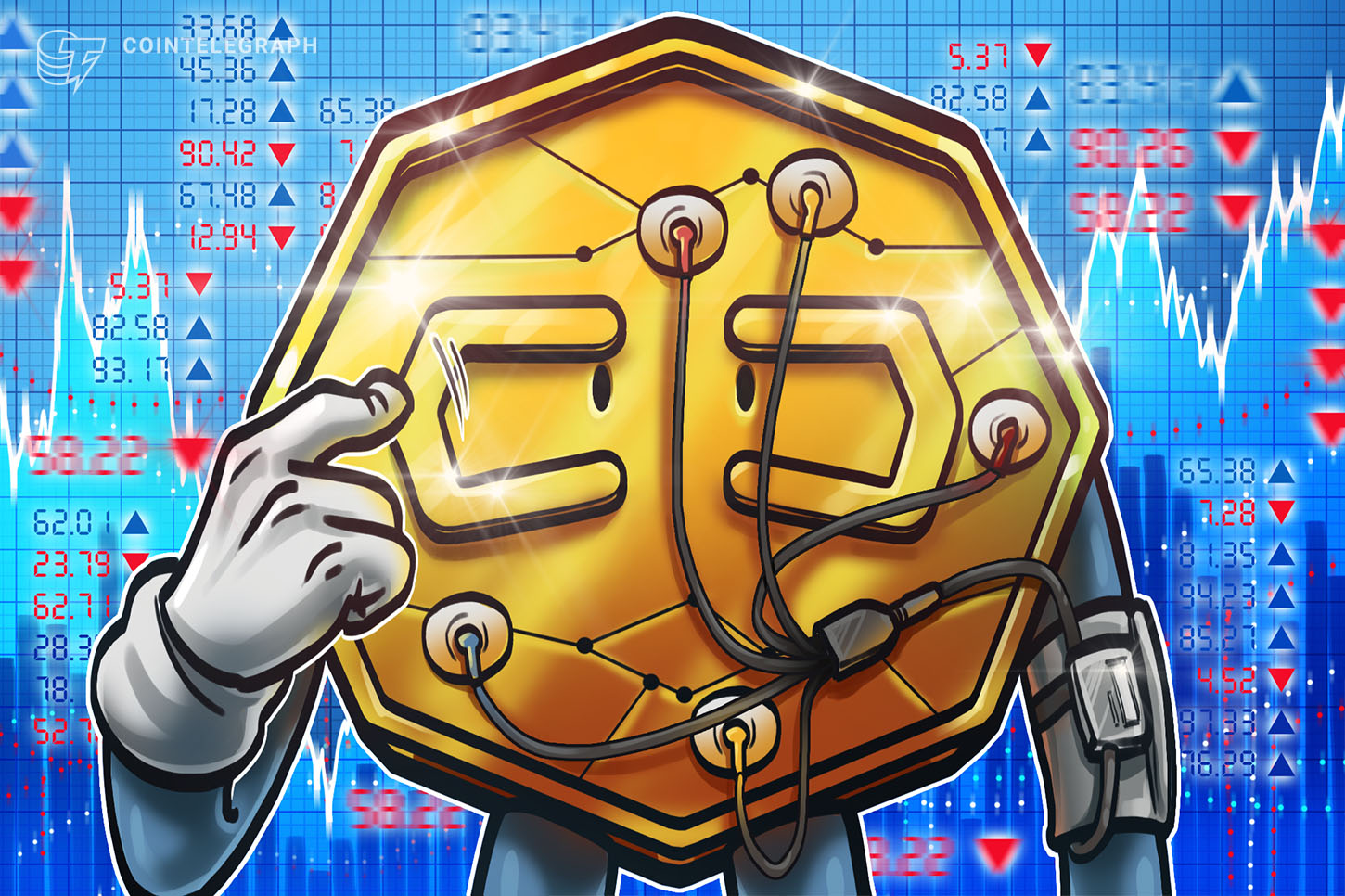Cryptocurrencies broke the $1 trillion market capitalization resistance on Oct. 26, which had been holding strong for the previous 41 days. Despite Bitcoin’s (BTC) modest 5.5% weekly gains, the aggregate value of 20,000 listed tokens increased by 8.5% between Oct. 24 and 31.

The cryptocurrency market was positively impacted by a 6.3% weekly rally in the Russell 2000 mid-capitalization stock market index. Some encouraging news accompanied the positive tailwinds from traditional markets.
For instance, 55,000 BTC was withdrawn from Binance on Oct. 26, a record high. Typically, analysts consider the reduced number of coins deposited on exchanges a bullish indicator, as the immediate selling pressure eases.
Moreover, exchange and wallet provider Blockchain.com partnered with payment processing giant Visa to launch a crypto card. The cryptocurrency company revealed on Oct. 26 that there would be no sign-up or annual fees, no transaction fees and users would earn 1% of all purchases back in digital assets.
Instead of focusing on Bitcoin, cryptocurrency traders have spread their bets across altcoins. Consequently, comparing the winners and losers among the top 80 coins provides skewed results, as seven rallied 20% or more over the past week.

Dogecoin (DOGE) rallied 112% after Elon Musk, the billionaire CEO of SpaceX and Tesla, completed his acquisition of the Twitter social media network. Musk’s widely known passion for the memecoin inspired traders to raise expectations of potential payment integrations.
Mina Protocol’s MINA token gained 28% following its ecosystem update report on Oct. 27, which highlighted its zero-knowledge testnet. The protocol promises efficient layer-1 smart contract zkApps, adding unique privacy features and the ability to connect to external data sources.
The native tokens of smart contract networks Klaytn, Cosmos and Avalanche — KLAY, ATOM (ATOM) and AVAX (AVAX), respectively — rallied following Ether’s (ETH) 16.5% gains. Moreover, the Ethereum network has remained clogged, with average transaction fees above $3 for the past three weeks.
Stablecoin demand remained neutral in Asia
The USD Coin (USDC) premium is a good gauge of China-based crypto retail trader demand. It measures the difference between China-based peer-to-peer trades and the United States dollar.
Excessive buying demand tends to pressure the indicator above fair value at 100%, and during bearish markets, the stablecoin’s market offer is flooded, causing a 4% or higher discount.

Currently, the USDC premium stands at 100.8%, flat versus the previous week. Therefore, despite the 8.5% cryptocurrency market capitalization increase, no additional demand came from Asian retail investors. However, such data should not be worrisome, as it partially reflects the total capitalization being down 56% year-to-date.
Futures markets show mixed sentiment
Perpetual contracts, also known as inverse swaps, have an embedded rate usually charged every eight hours. Exchanges use this fee to avoid exchange risk imbalances.
A positive funding rate indicates that longs (buyers) demand more leverage. However, the opposite situation occurs when shorts (sellers) require additional leverage, causing the funding rate to turn negative.

As depicted above, the accumulated seven-day funding rate is either slightly positive or neutral for the largest cryptocurrencies by open interest. Such data indicates a balanced demand between leverage longs (buyers) and shorts (sellers).
Considering the absence of stablecoin demand in Asia and mixed perpetual contract premiums, traders lack confidence even though the total crypto capitalization broke above the $1 trillion mark.
The views and opinions expressed here are solely those of the author and do not necessarily reflect the views of Cointelegraph. Every investment and trading move involves risk. You should conduct your own research when making a decision.


